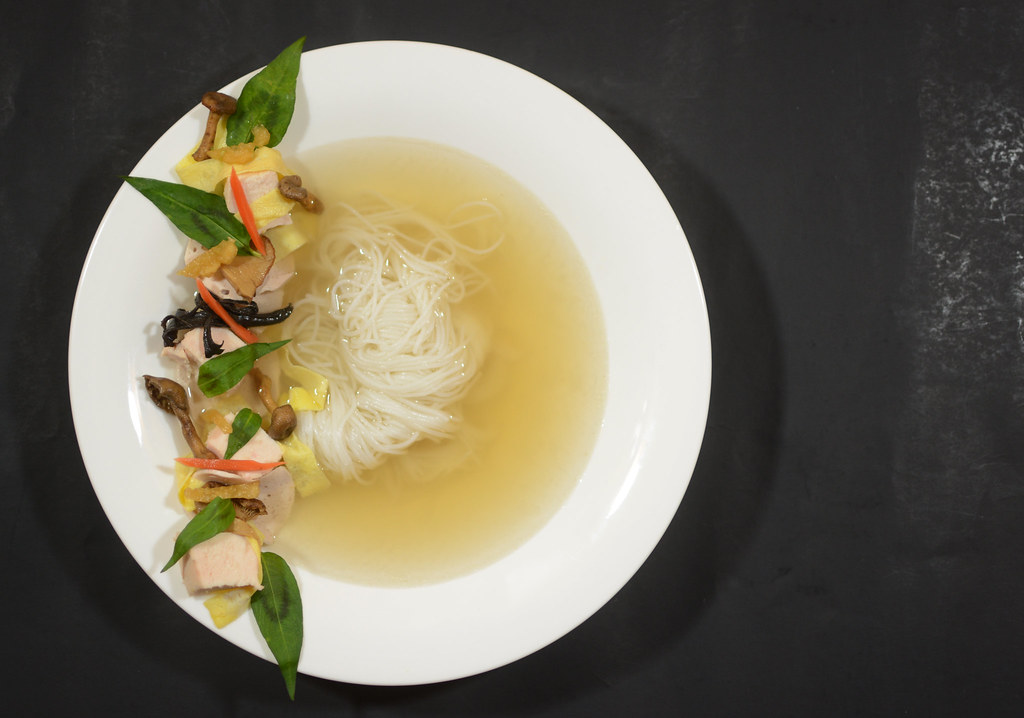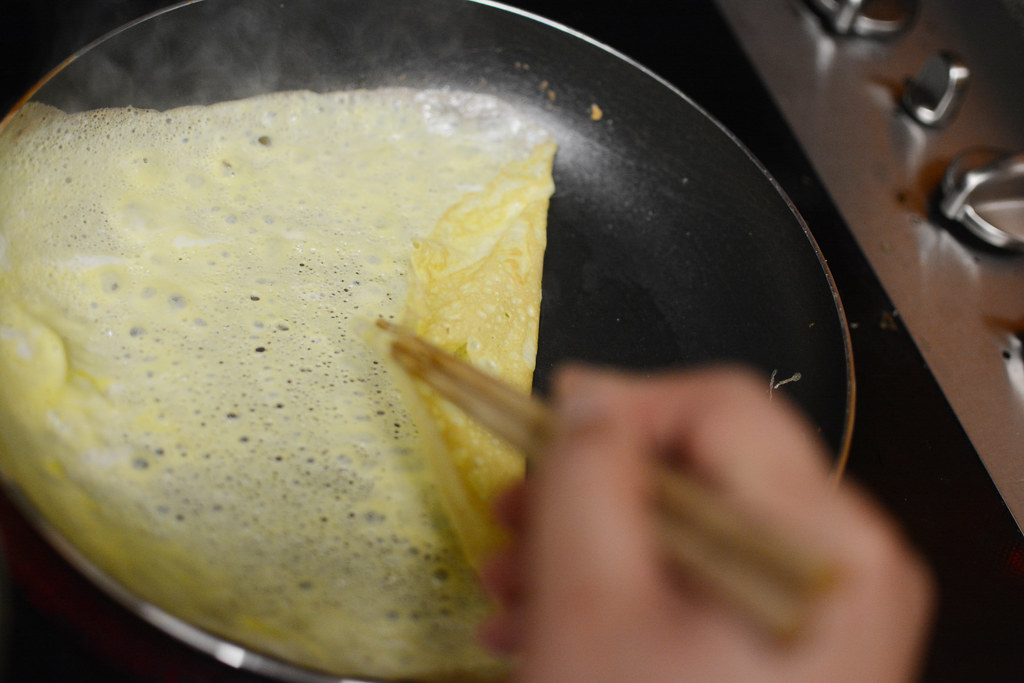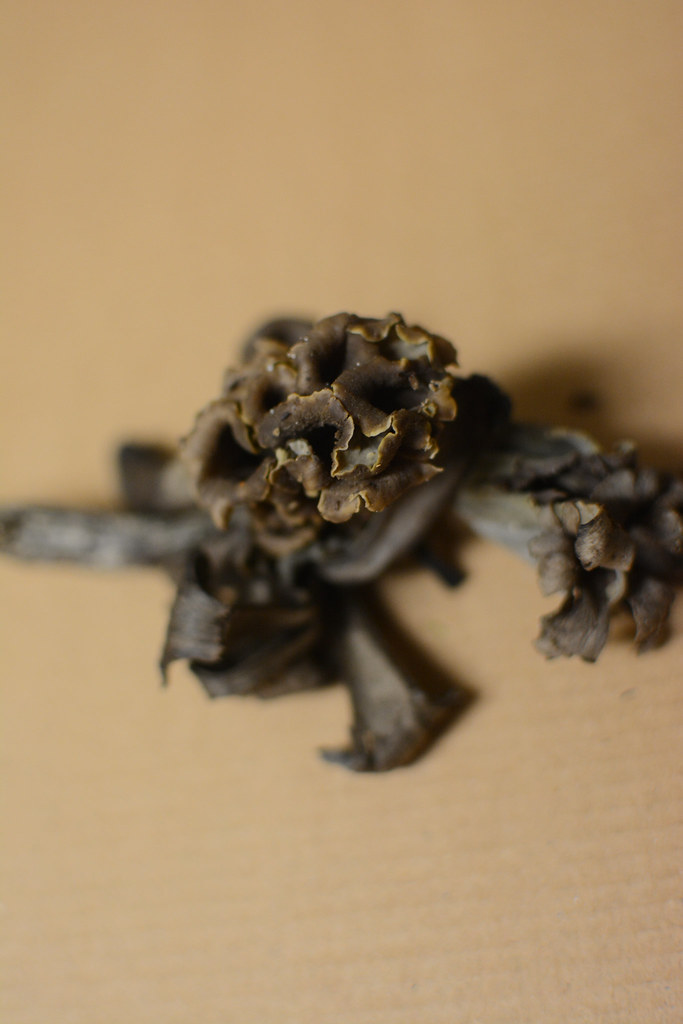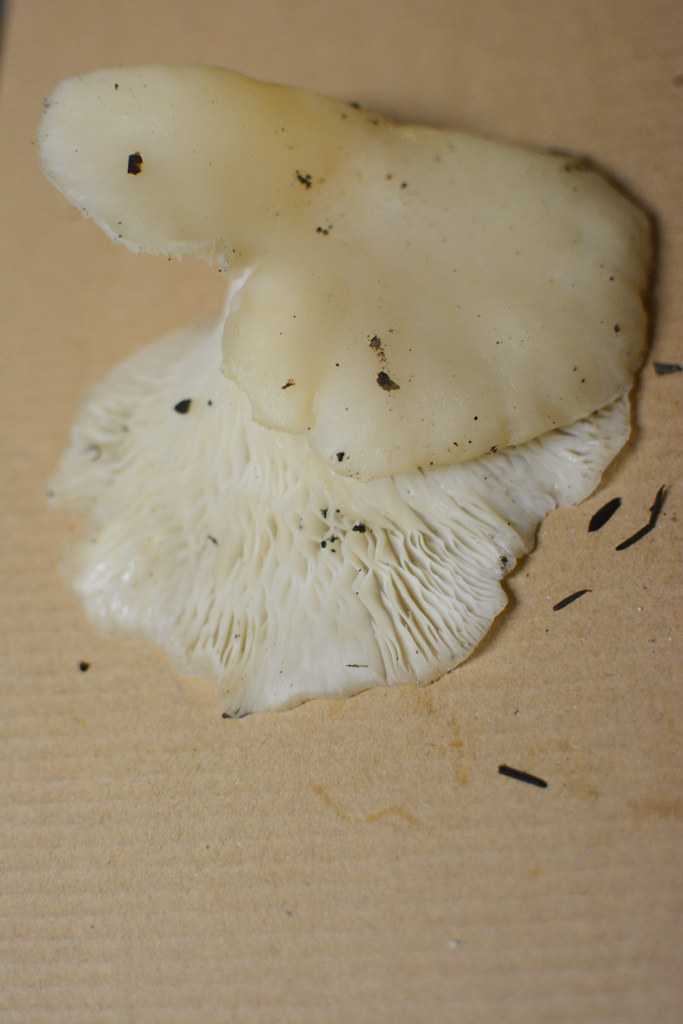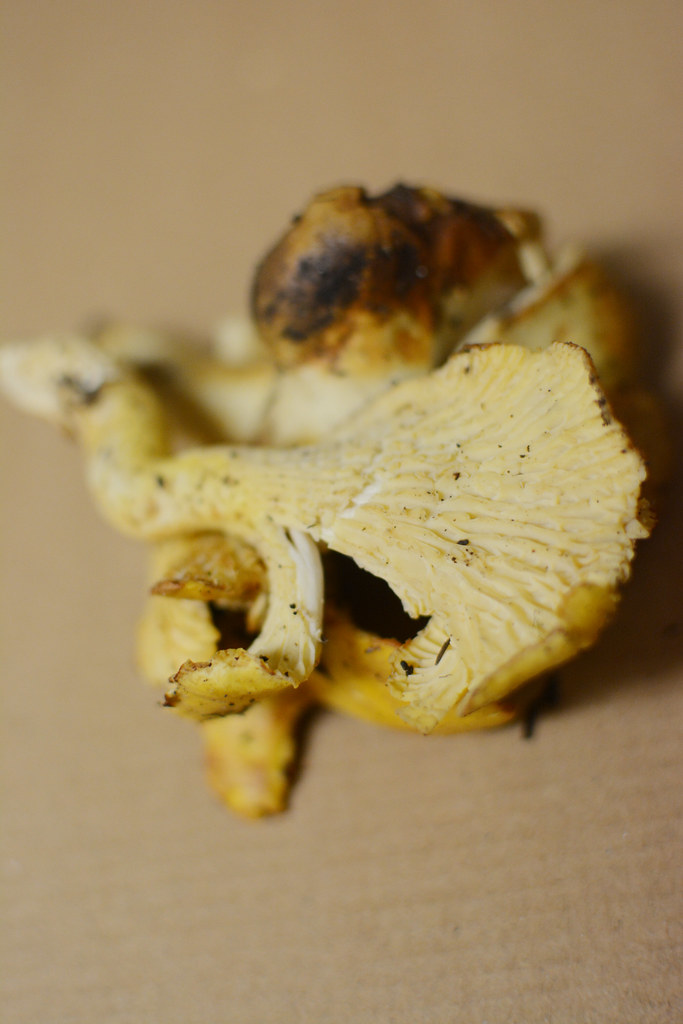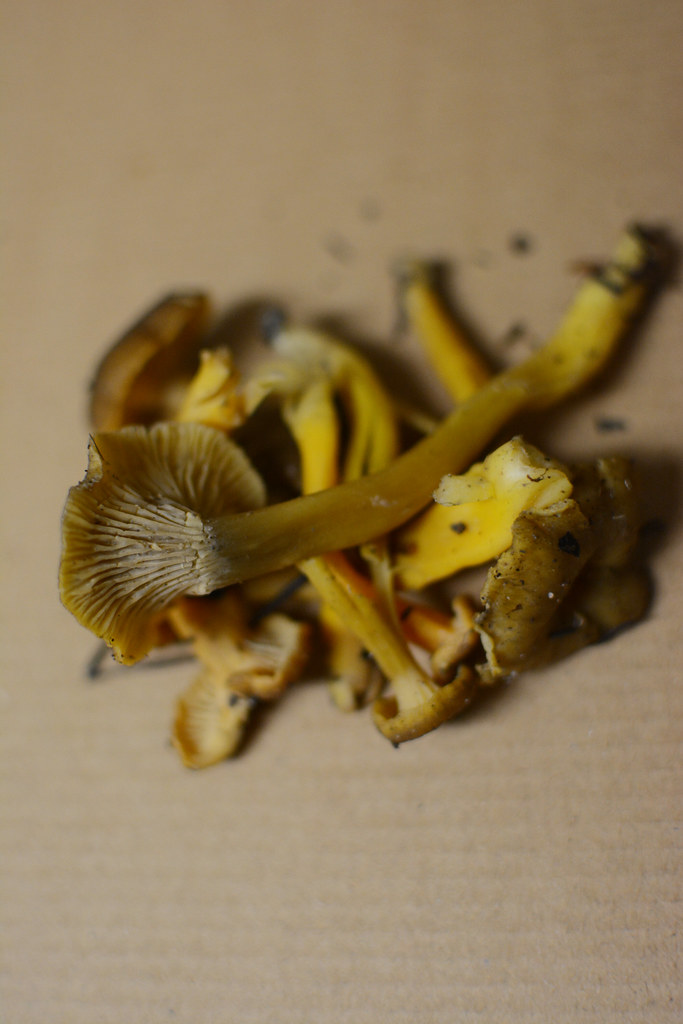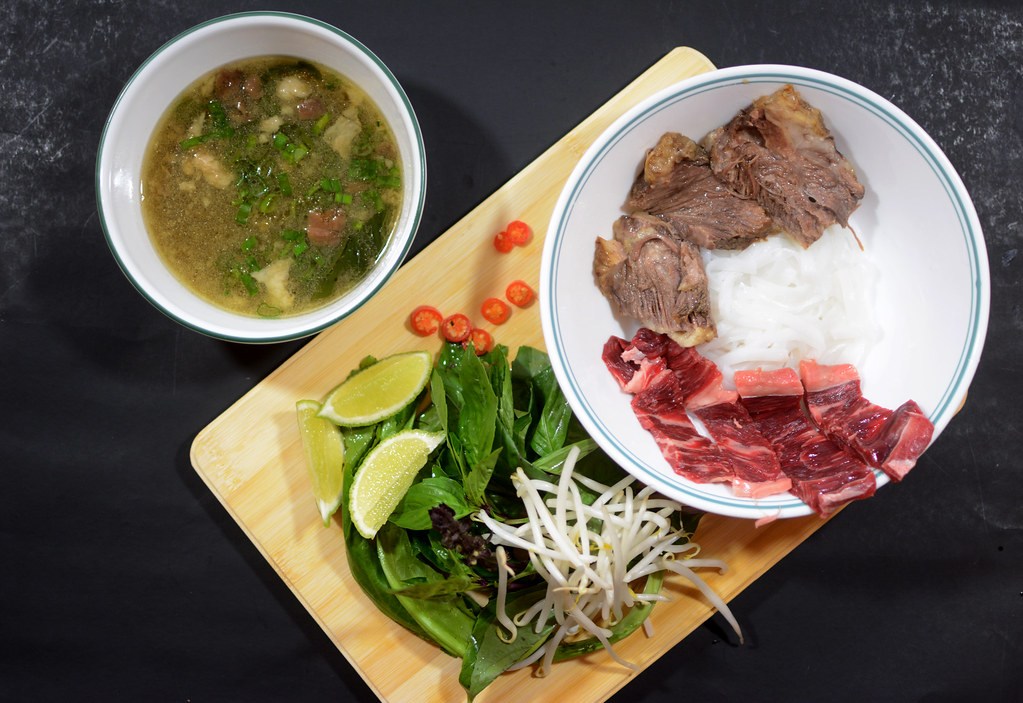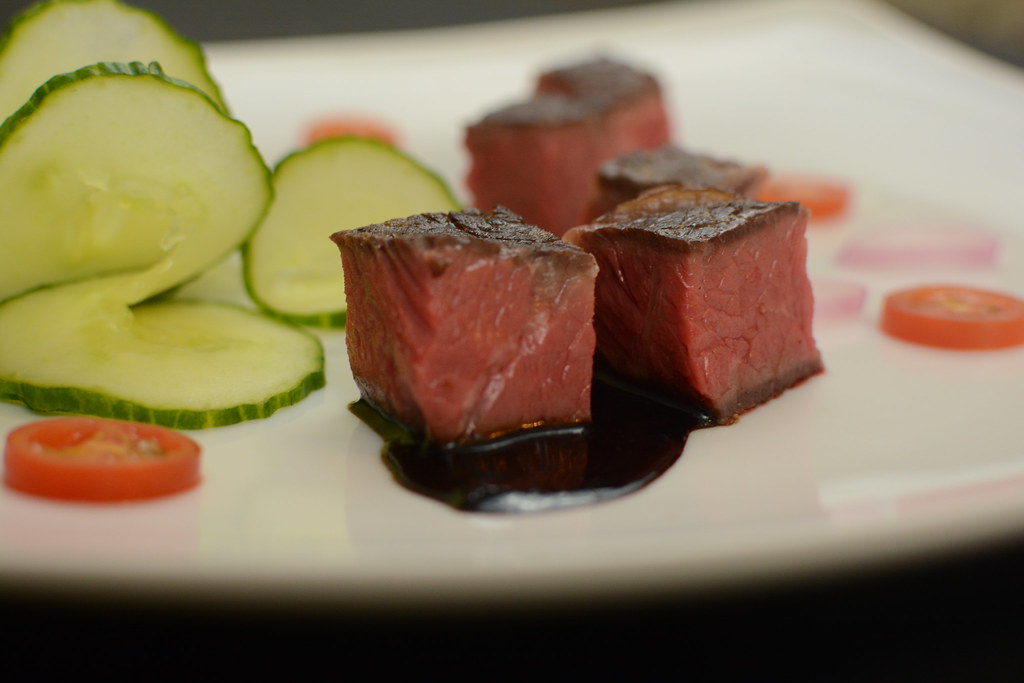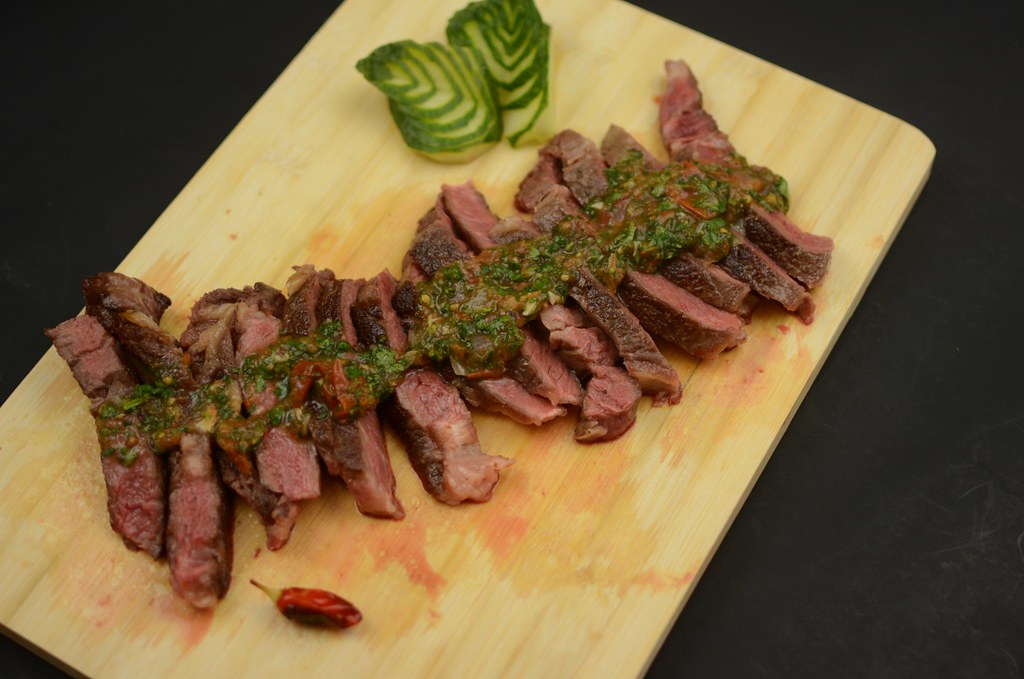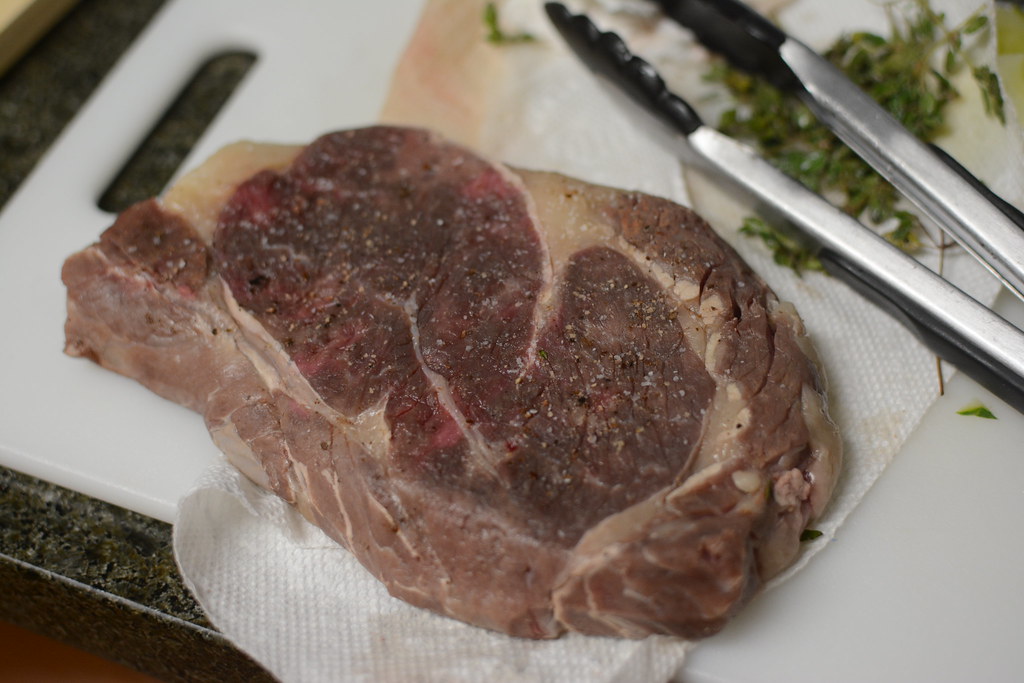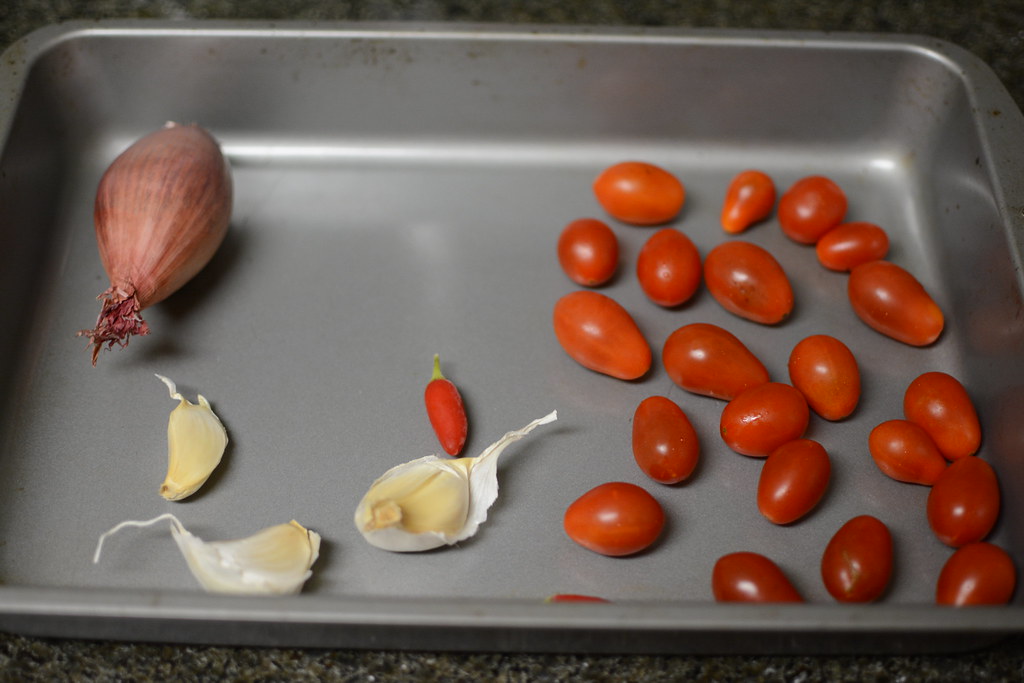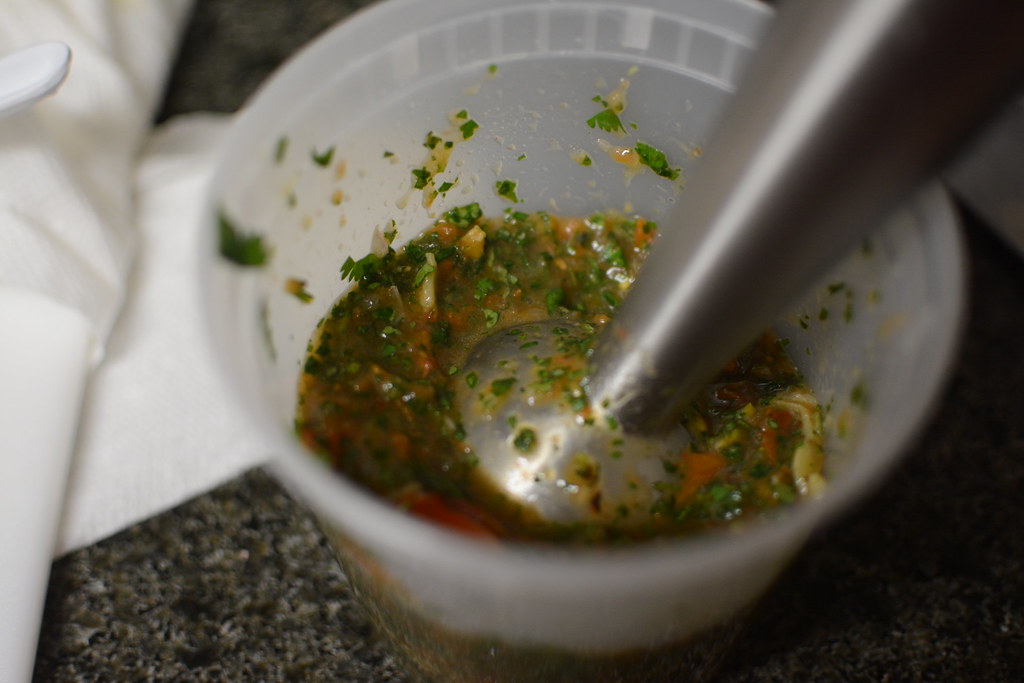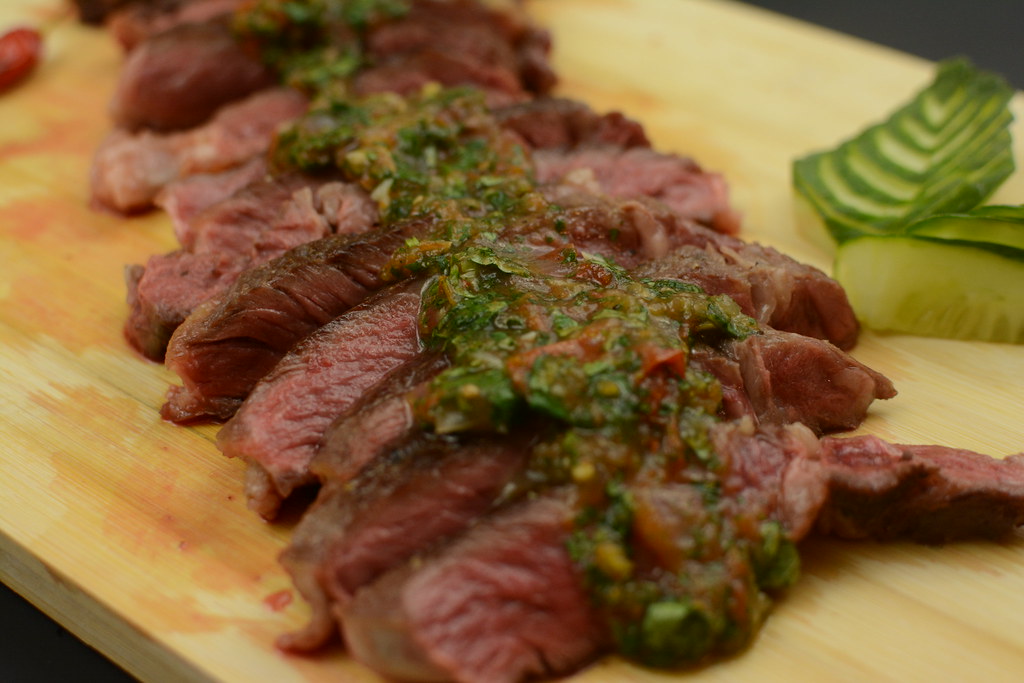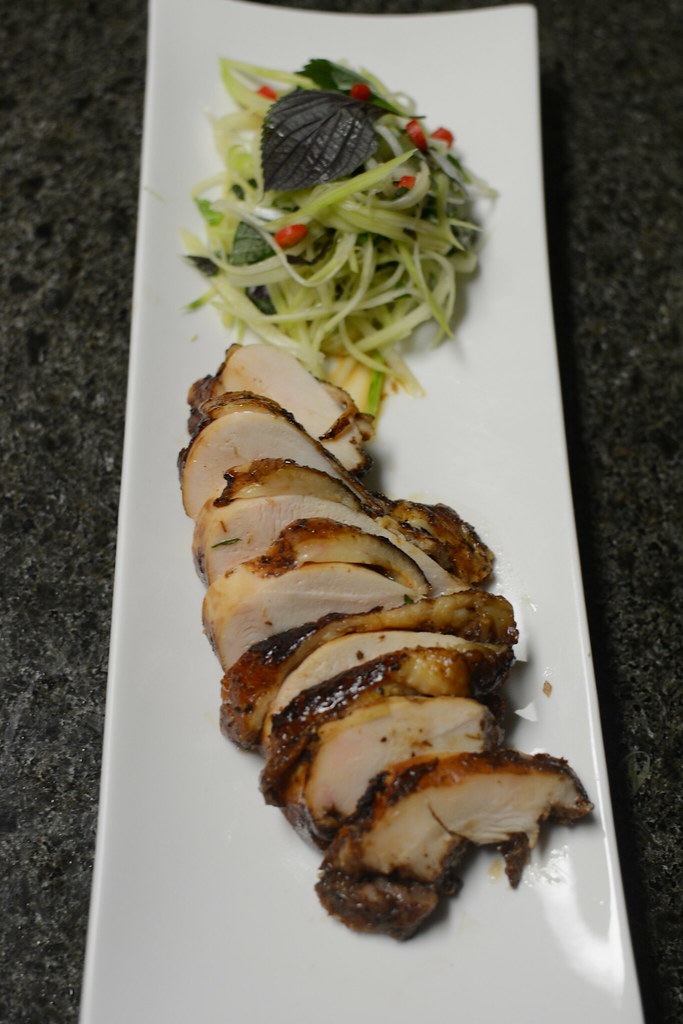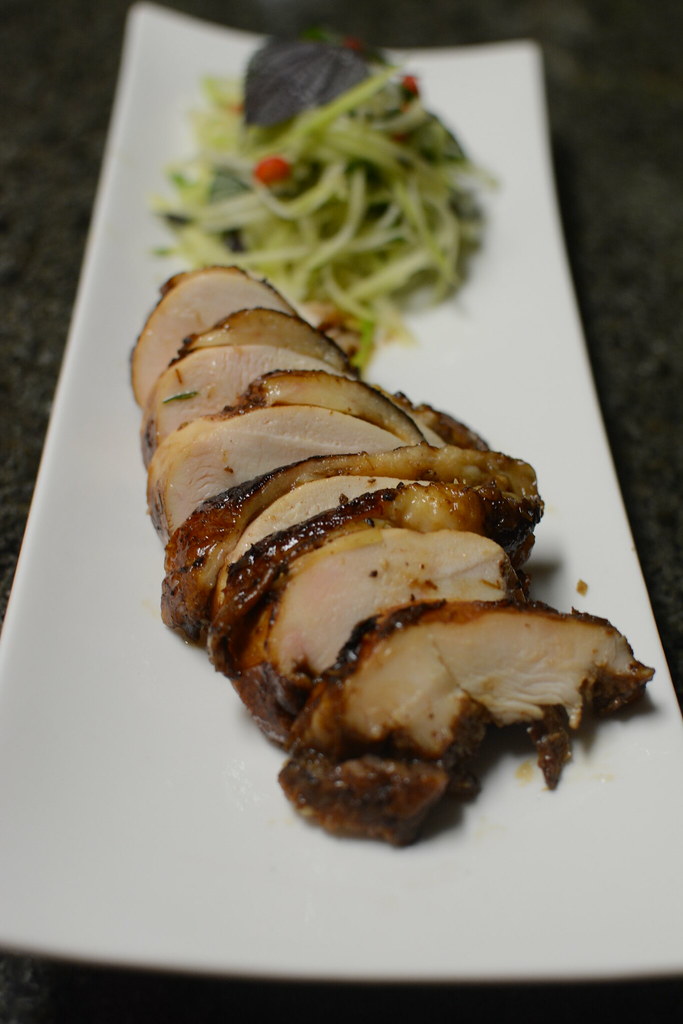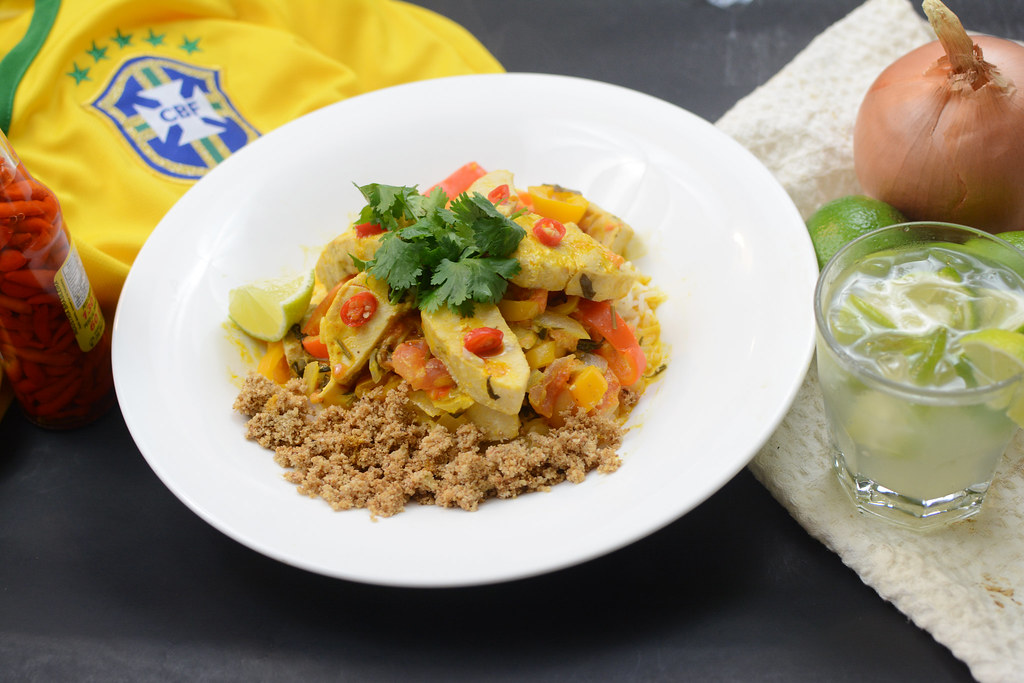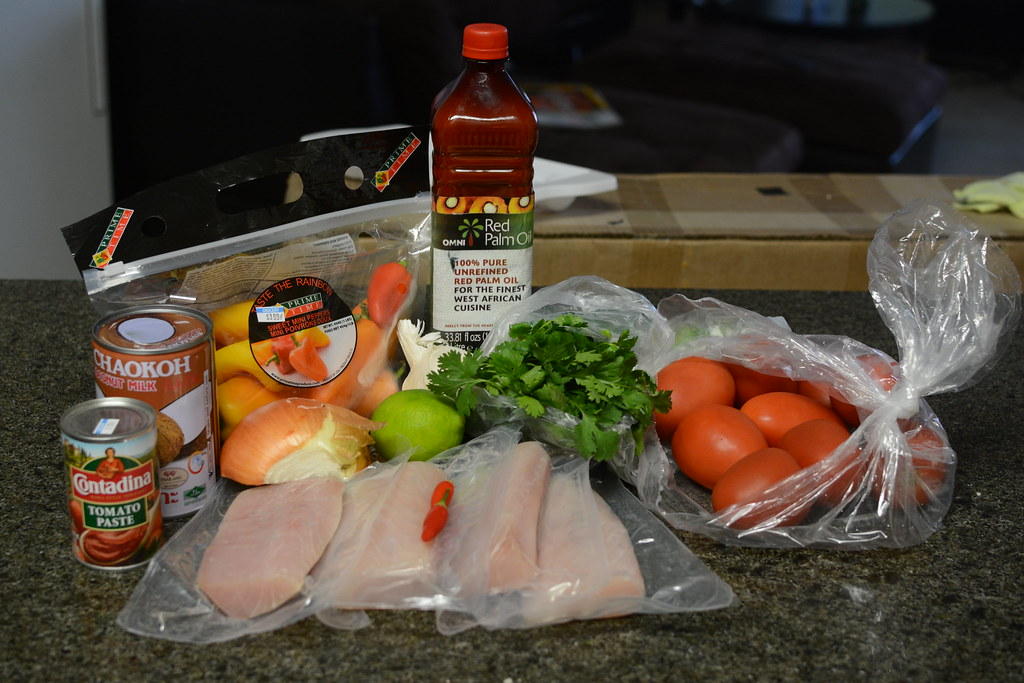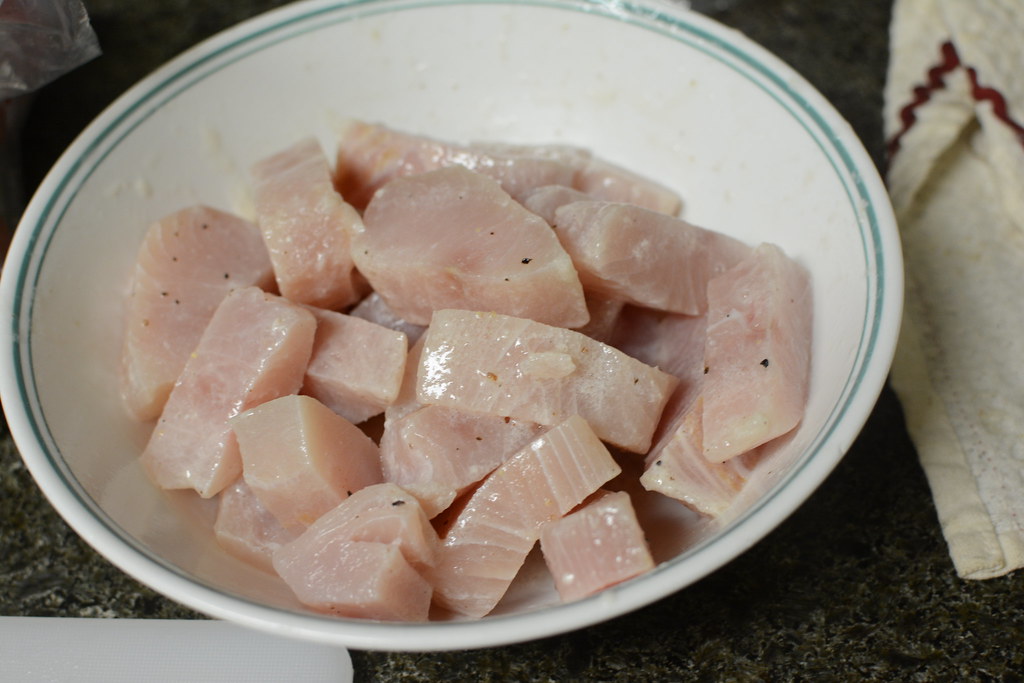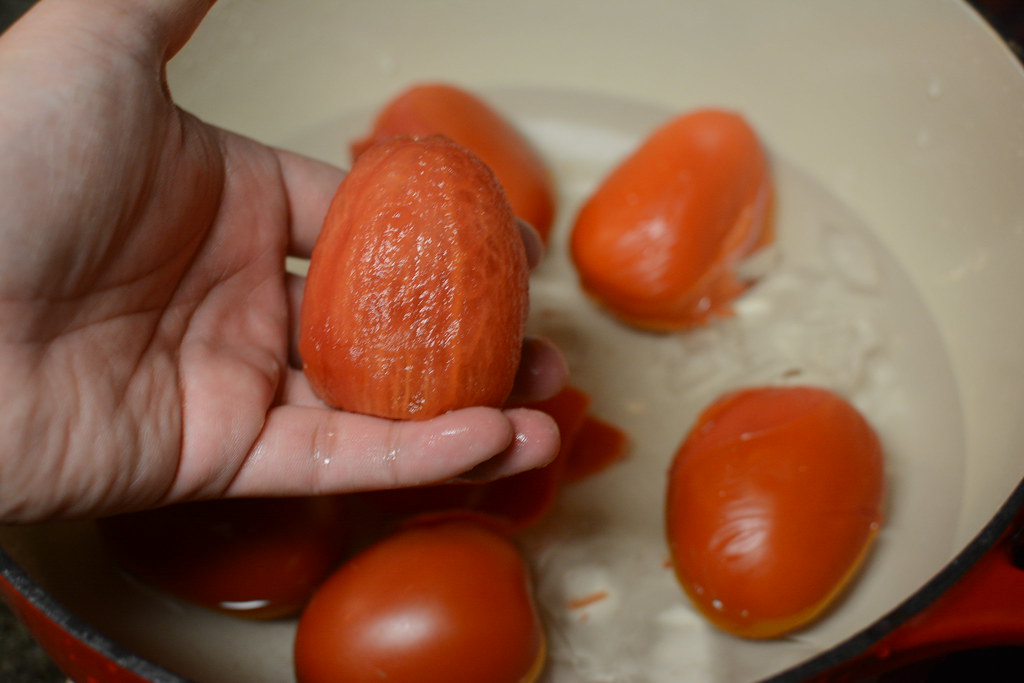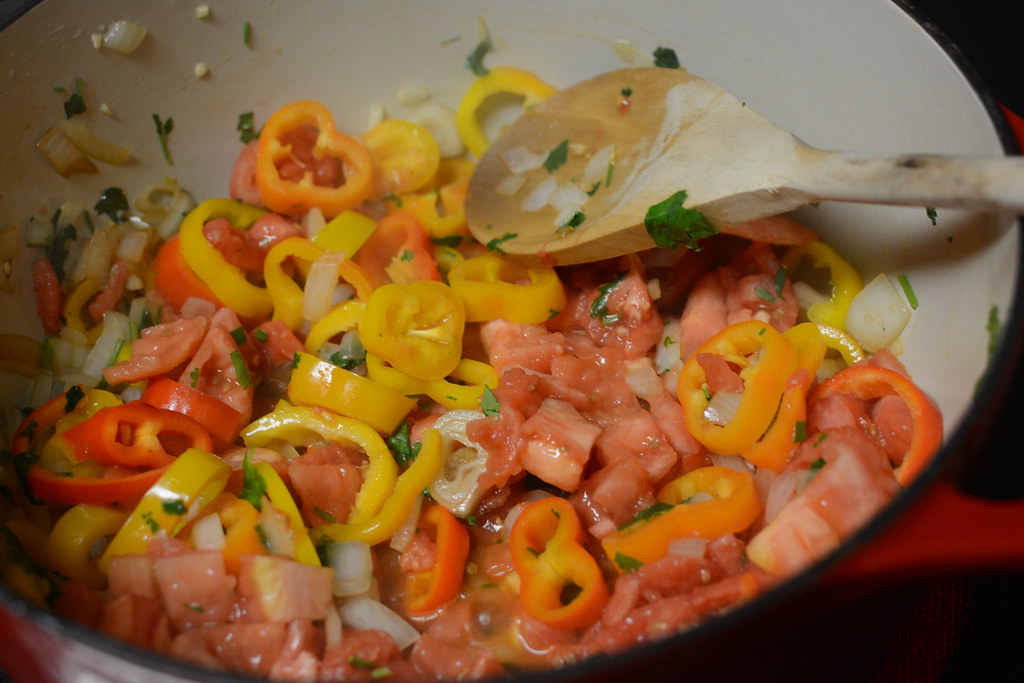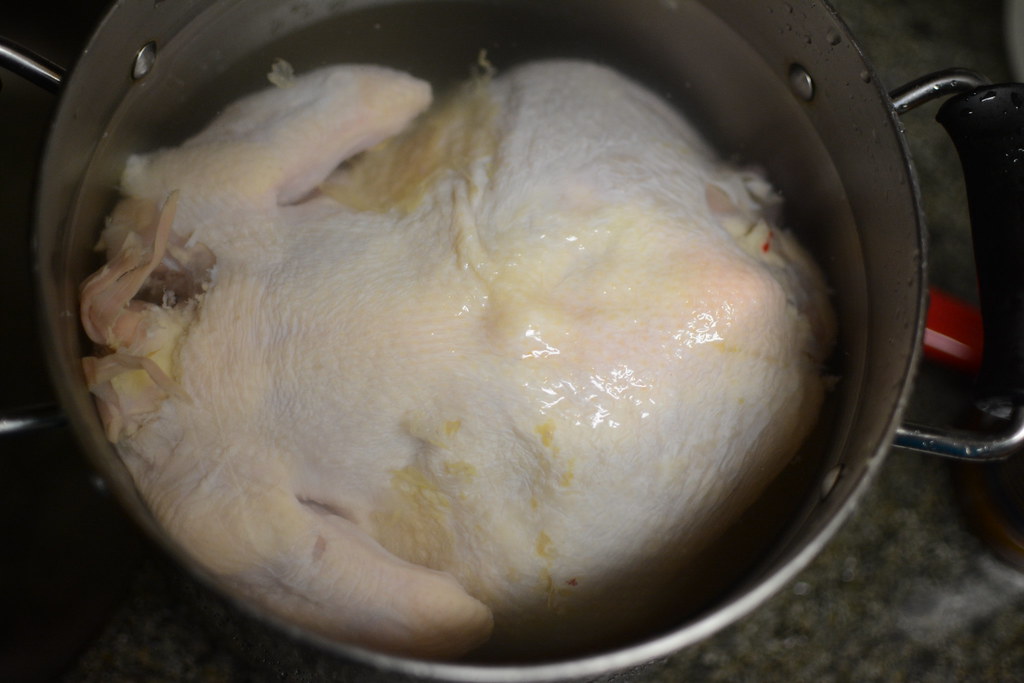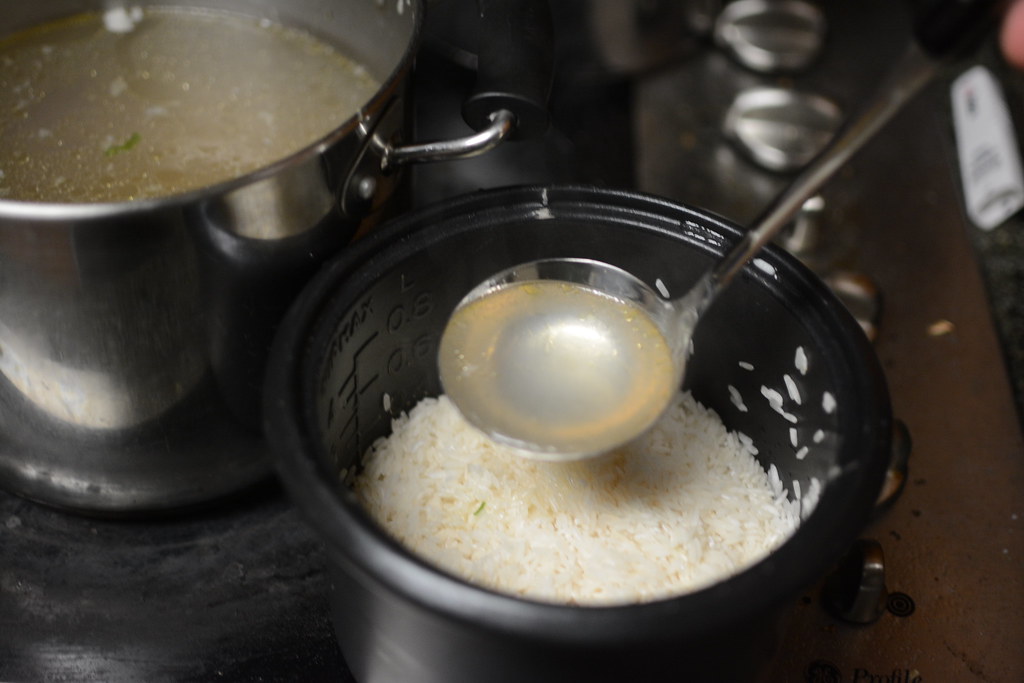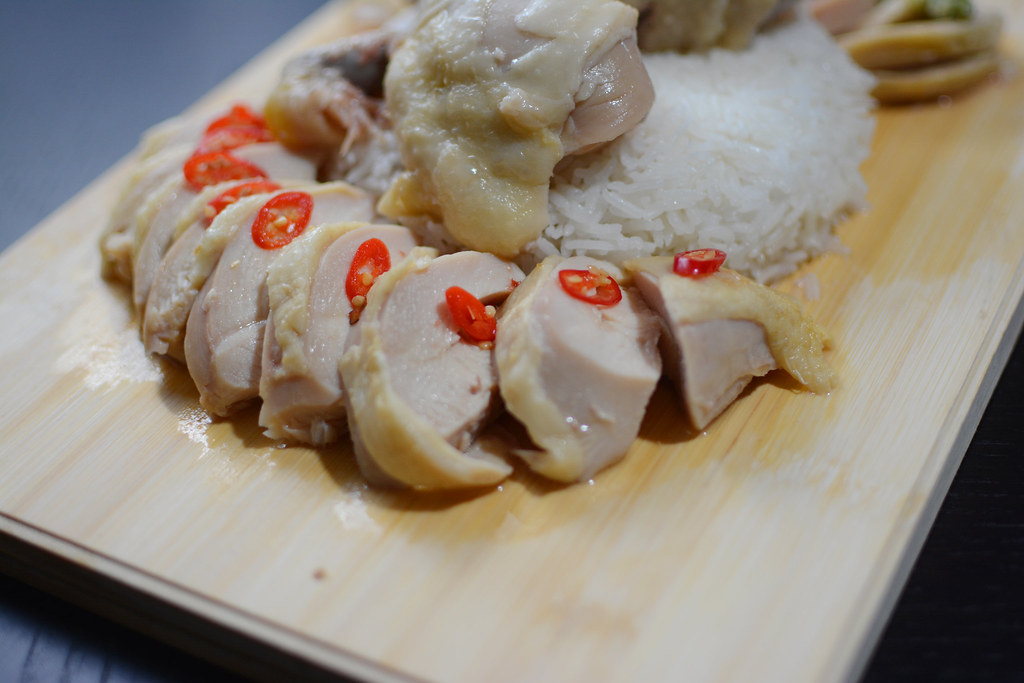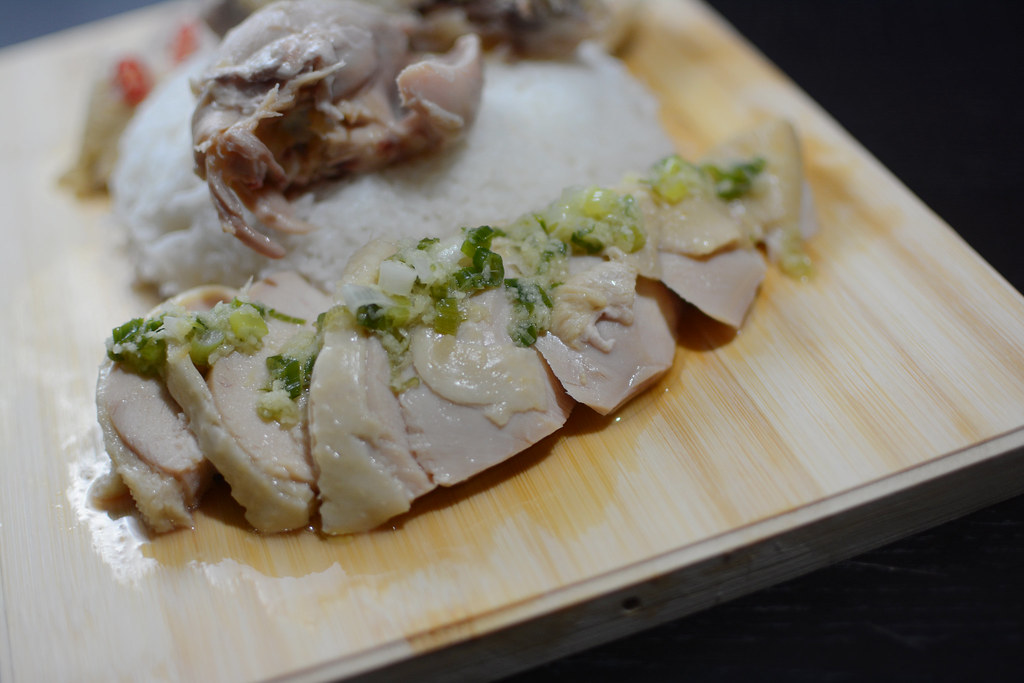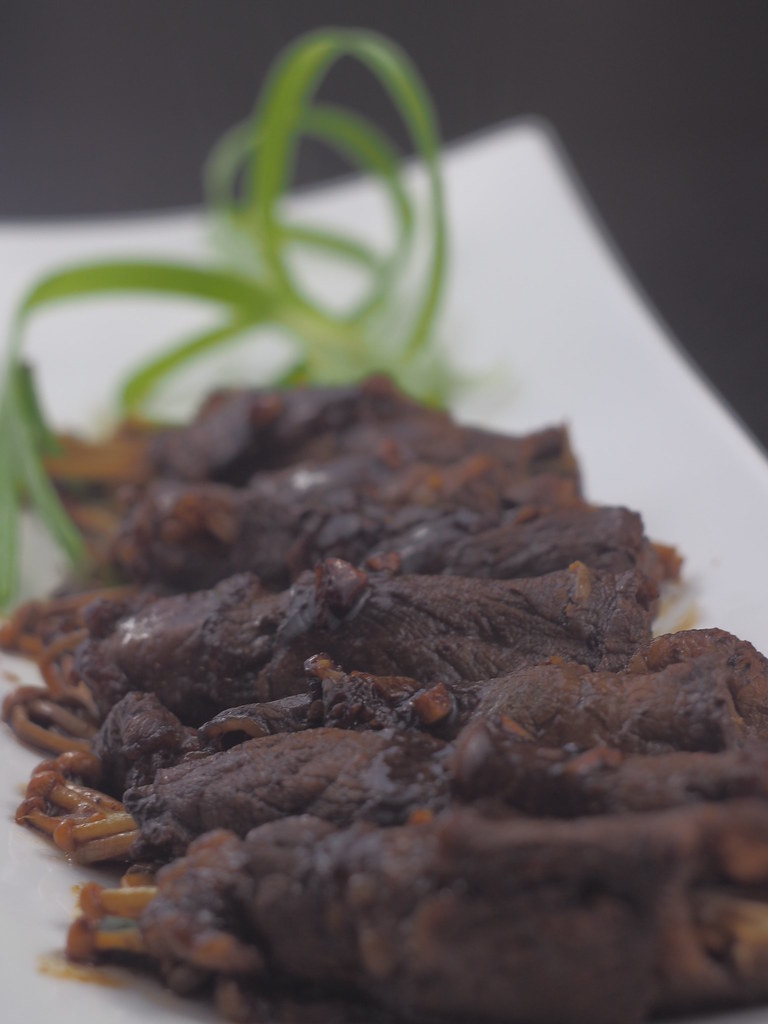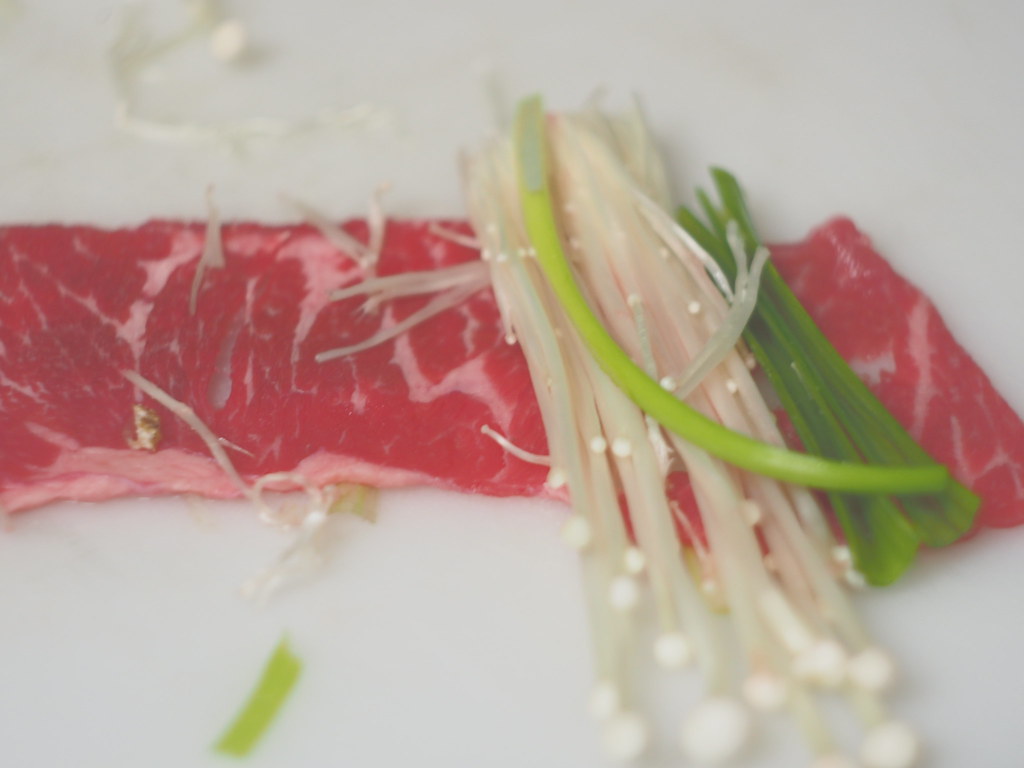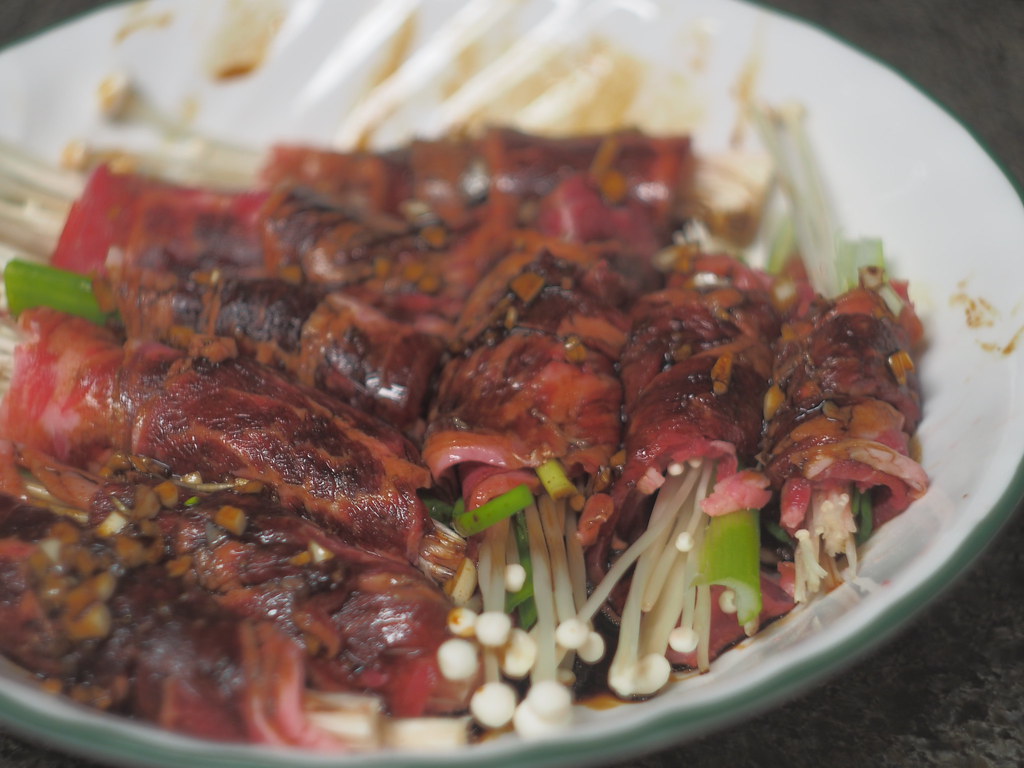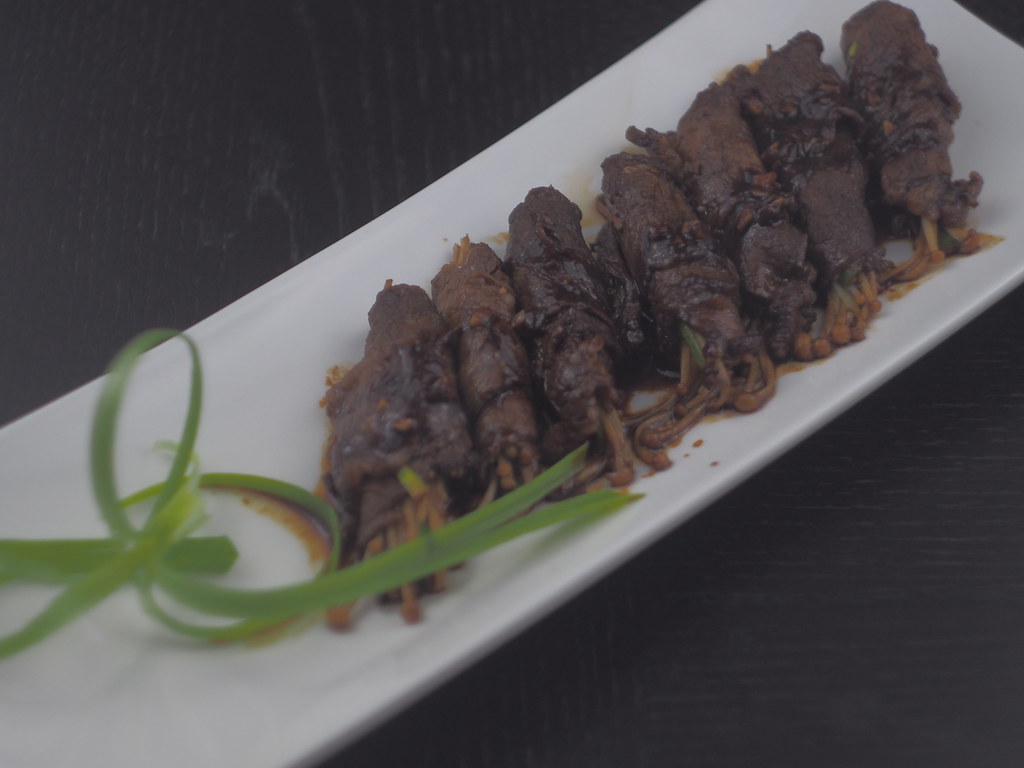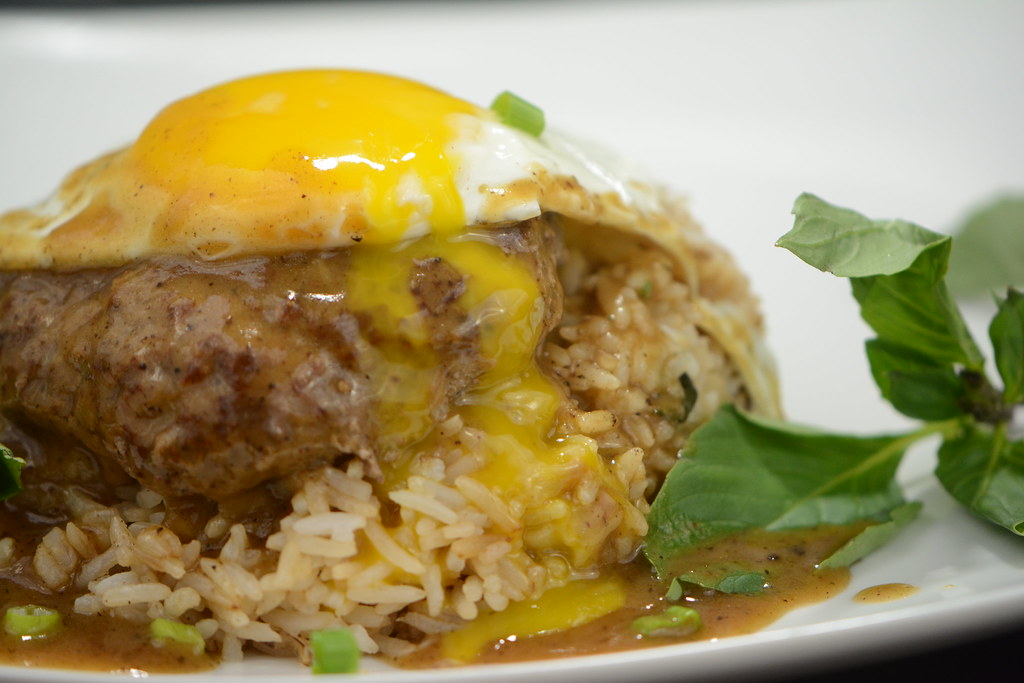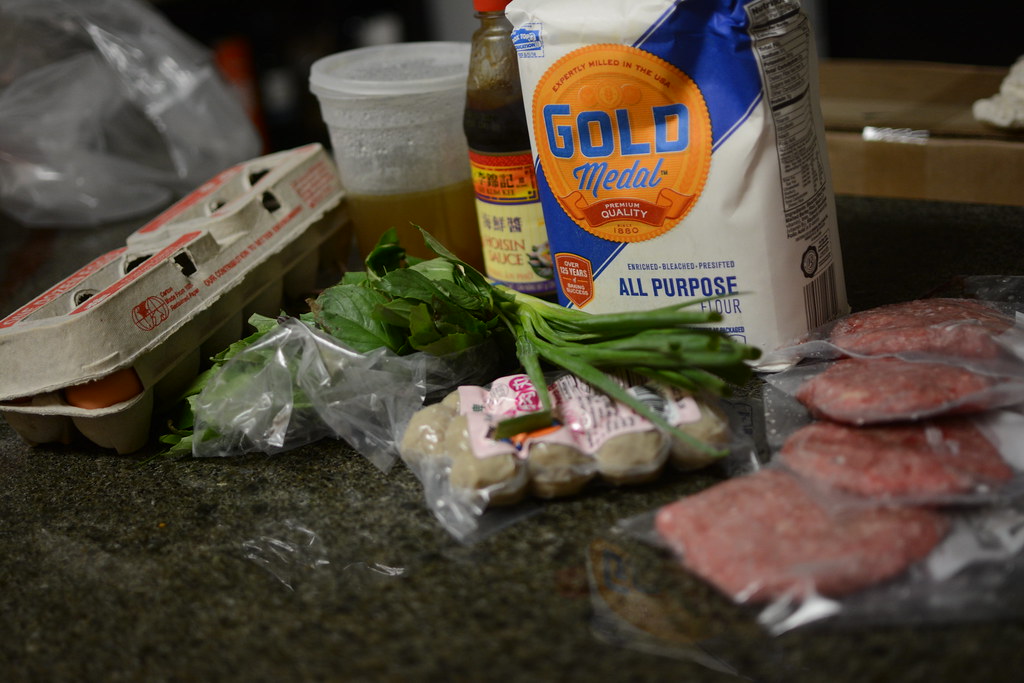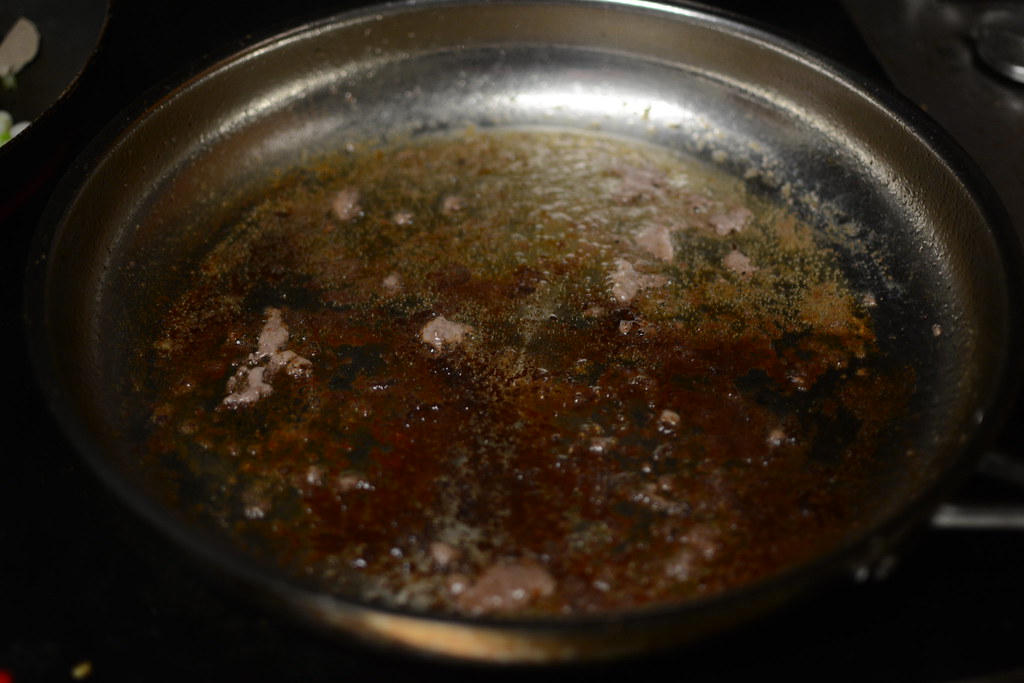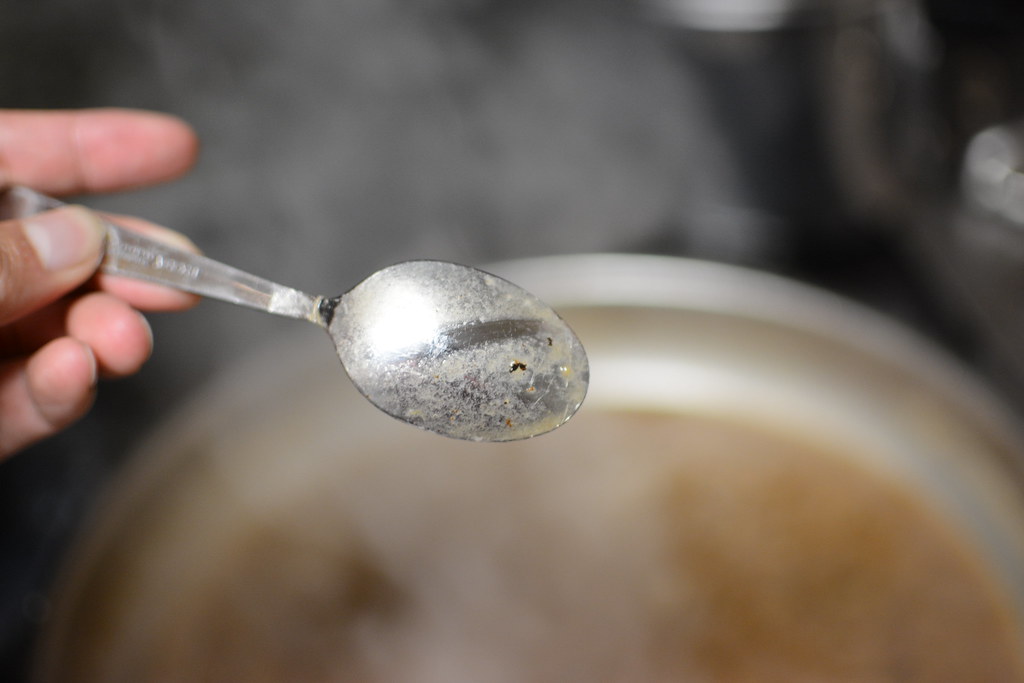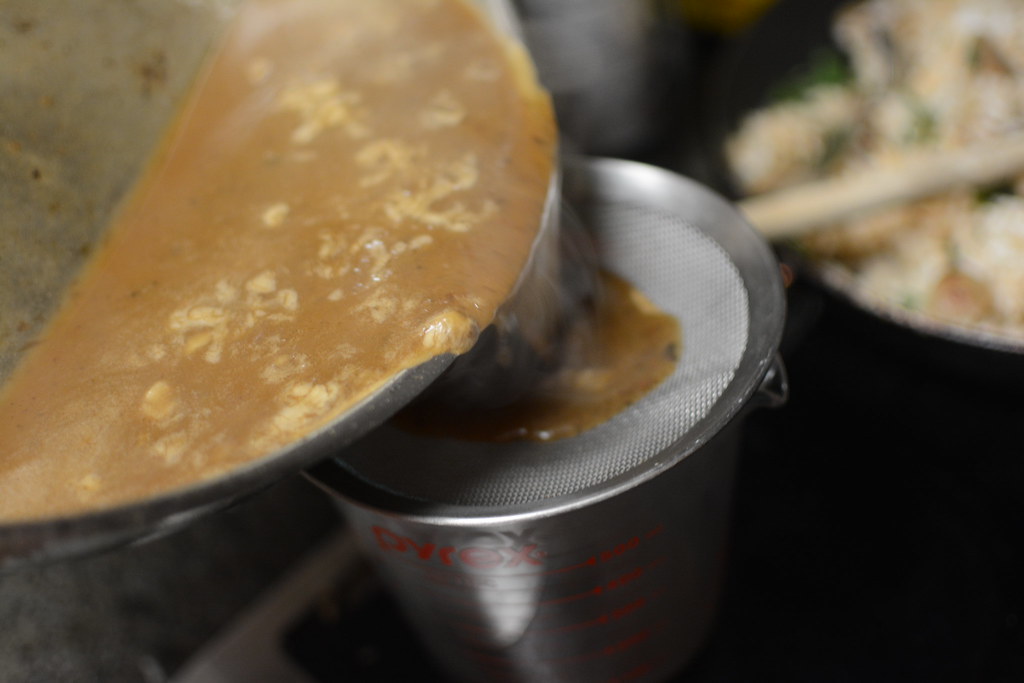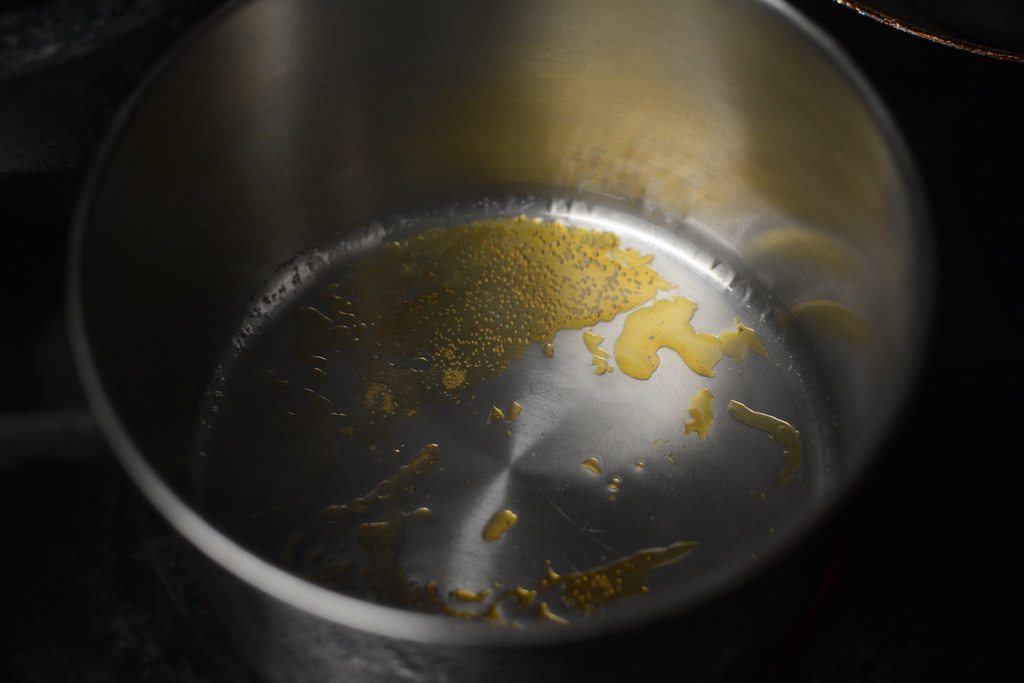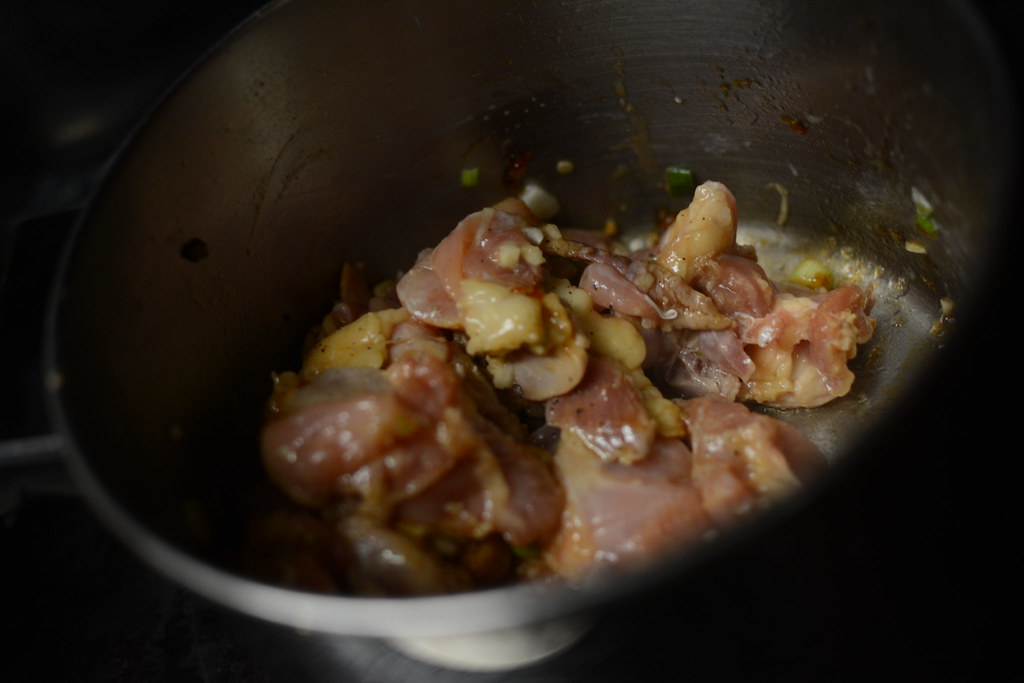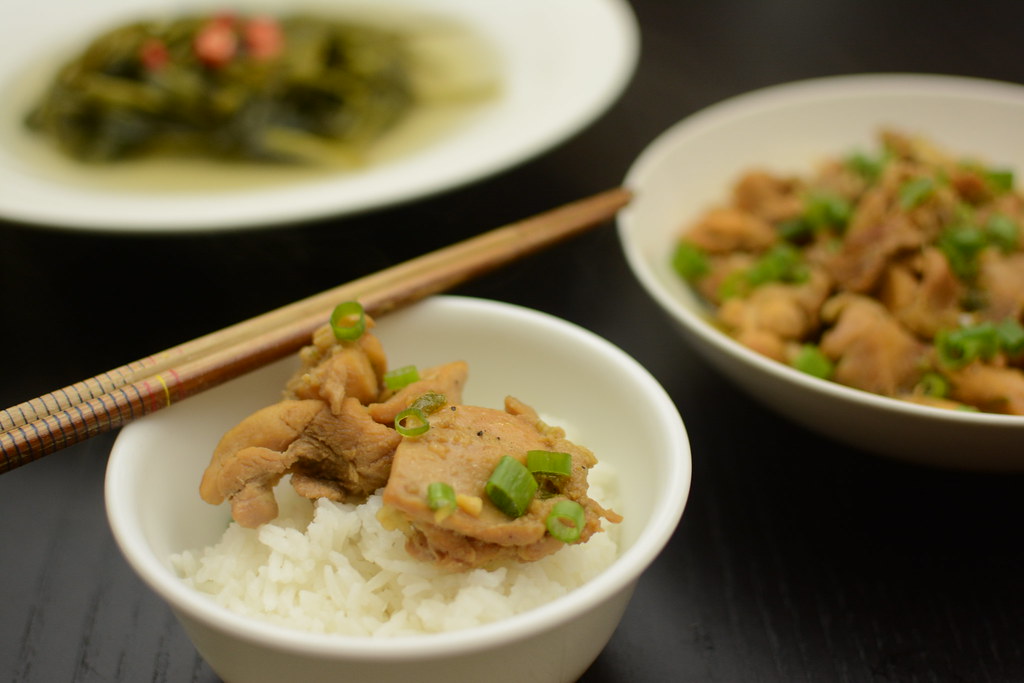Anyways, this is a dish that I never liked much when I was a kid, but grew to like it as an adult. It's not as strong as pho, and I always thought it was bland. However, recently I ordered it at a pho restaurant when I wasn't in the mood for pho and it was a pleasant surprise. It's light, and the different tastes and textures from the toppings really make for an interesting bite.
Bun Thang is topped with poached chicken, giò (vietnamese sausage/ham), scrambled eggs and sometimes mushrooms, all thinly sliced. As with most Vietnamese dishes, it's served with fresh herbs, in this case - rau ram. I made this version using some wild foraged mushrooms that my friends picked up for me. I used a mix of black trumpets, hedgehogs, oysters and chanterelles. If you can't find these, you can use shitake mushrooms instead.
Anyways, it's really tasty and I hope you give it a try!
Bun Thang
Serves 6-8
1 4-5lb chicken
4 liters of water
3 tbsp of dried shrimp
4 slices of ginger
1 stalk of green onion
1 yellow onion
1 tbsp salt
4 tbsp + 1 tsp fish sauce
1 cup of mushrooms
1 package of bun (rice vermicelli noodles) - cooked per package instructions
Toppings:
1 roll of giò (Vietnamese Sausage)
4 eggs
Rau Ram
Pickled Daikon (optional)
1. Stuff the internal cavity of the chicken with the green onion and 2 ginger slices.
2. Soak the dried shrimp in hot water for 15 minutes.
3. Fill a pot with 4 liters of water, add the chicken, the shrimp, onion, the other 2 ginger slices, salt, and mushrooms. Bring to a boil then reduce heat to low and simmer for 30-40 minutes or until the chicken is cooked through. Add the fish sauce 1 tbsp at a time to taste.
4. Remove the chicken and fish out the mushrooms from the broth. Let the chicken cool and peel the meat off in strips.
5. Beat together the eggs with a tsp of fish sauce.
6. This next step is a little tricky but if you can pull it off, it'll be well worth it. Pour eggs into a hot non stick pan and swirl to coat, then immediately pour the eggs back into the bowl
7. The egg should cook enough within 10 seconds. At which point you can peel off the egg in a single thin layer. Repeat this process with the rest of the egg.
8. Thinly slice the egg and giò.
9. To assemble the bowls, start with the bun, top with the chicken, egg, giò, mushrooms, rau ram and pickled daikon. Ladle the broth in and enjoy!
SUPER SPECIAL FUN TIME BONUS SECTION!!!
My friends went foraging for mushrooms out in the wilderness of California and brought these back for me.
Black Trumpet Mushroom: This has a similar taste and texture to the wood ear mushrooms that are found in a lot of Vietnamese dishes
Hedgehog mushrooms: I like the texture of this one a lot, firm and holds up well to cooking. Flavor is mild.
Oyster mushrooms: Very large, kinda mushy texture, similar to shitakes that have been overly soaked. Taste is pretty mild too.
Chanterlles (large and small): These babies are awesome. Super intense mushroom flavor and firm texture.

